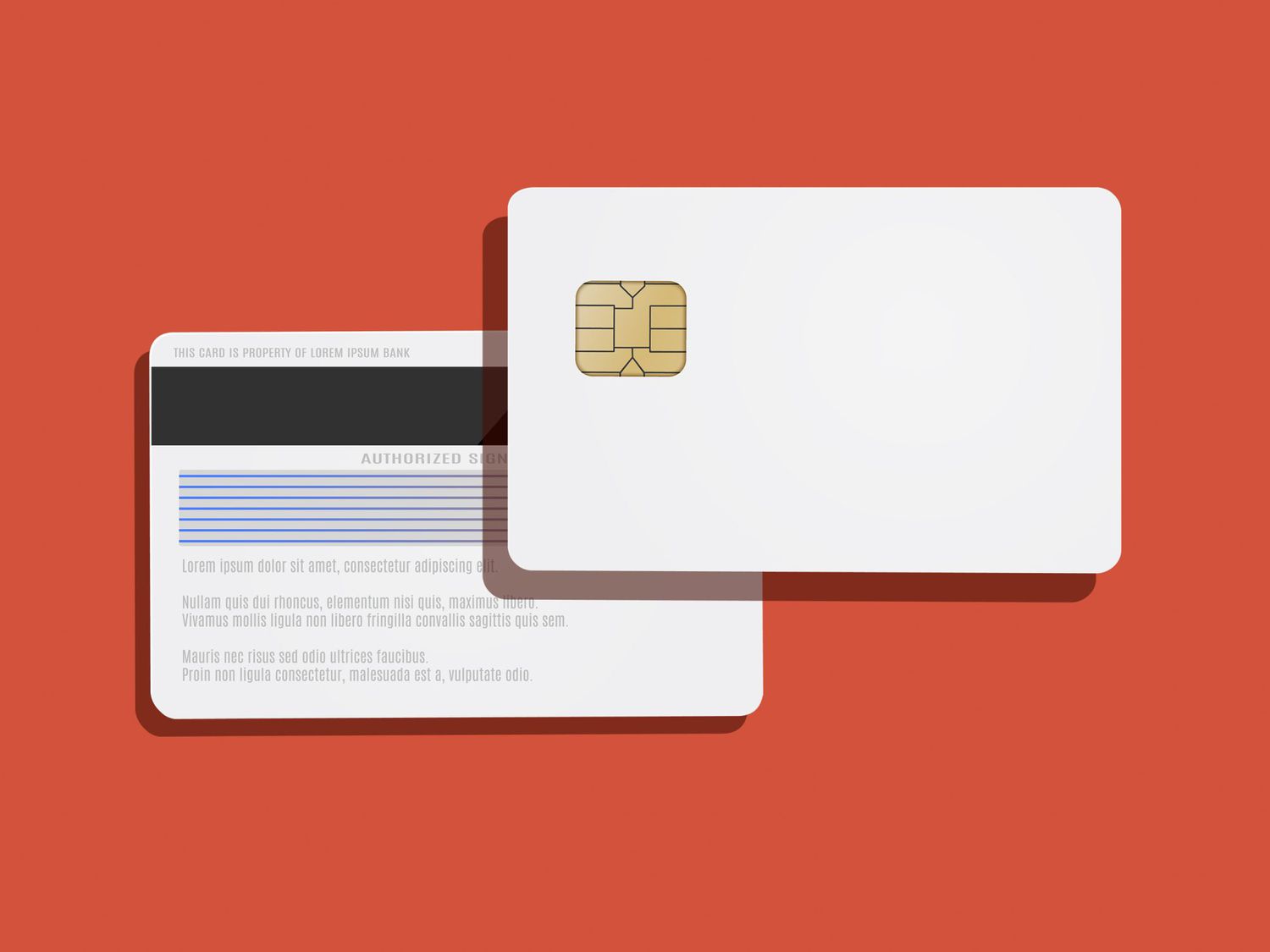In today’s fast-paced business world, companies need to process transactions quickly and efficiently. The use of APIs has become increasingly popular as it allows businesses to integrate new functionalities into their existing systems without the need for major changes. One such API that can be integrated into a business’s existing systems is what we call Transaction Validation API. In this article, we will explore why businesses should consider integrating a Transaction Validation API into their existing systems.

What Can You Do With A Transaction Validation API
Improving Payment Processing
One of the main benefits of integrating an API to validate transactions into existing systems is improving payment processing. These APIs can quickly verify the authenticity of a transaction and ensure that the payment is processed securely. This means that businesses can reduce the risk of fraudulent transactions and minimize the chances of chargebacks.
Ensuring Compliance
Another advantage of integrating these APIs into existing systems is ensuring compliance with regulatory requirements. The use of a transaction validation API can help businesses comply with regulations such as PCI DSS, which is required for any company that accepts credit card payments. By using a transaction validation API, businesses can reduce the risk of non-compliance and avoid any legal and financial penalties.
Enhancing Customer Experience
Integrating an API to validate transactions into existing systems can also enhance the customer experience. By validating transactions quickly and securely, businesses can provide customers with a seamless payment experience. This can help increase customer satisfaction, leading to repeat business and positive reviews.
Reducing Costs
Integrating a transaction validation API into existing systems can also help businesses reduce costs. By preventing fraudulent transactions and chargebacks, businesses can save money on fees and legal expenses associated with these issues. Additionally, transaction validation APIs can streamline payment processing, reducing the need for manual intervention and saving time and resources.
So, we can say that integrating a transaction validation API into existing systems can provide numerous benefits for businesses. From improving payment processing to ensuring compliance, enhancing the customer experience, and reducing costs, a transaction validation API can help businesses stay ahead of the competition. By utilizing this technology, businesses can achieve faster, more secure, and cost-effective payment processing.
Check Credit Card Validator – BIN Checker API: A High-Quality Transaction Validation API
If you’re looking to integrate credit card validation and BIN checking into your existing payment system, the Credit Card Validator – BIN Checker API is a great choice. This API offers comprehensive credit card validation, including identifying the issuing bank, card type, and country of origin, as well as BIN checking to ensure that the card is valid and not fraudulent.

By integrating this API into your existing payment system, you can improve the security and accuracy of your transactions, while also ensuring that payments are processed quickly and efficiently. Plus, the API is easy to use and can be integrated into your system with just a few lines of code.
Overall, the Credit Card Validator – BIN Checker API is a valuable tool for any business looking to improve its payment processing system, and it’s worth considering if you’re in the market for an API that offers top-notch credit card validation and BIN checking.
So, How Does This Transaction Validation API Work?
To obtain complete data, the customer needs to send the Bank Identification Number (BIN). Another option is the Issuer Identification Number (IIN) of their credit/debit card.
To get the full details of a BIN, which is the first six digits of a credit/debit card, you need to input the BIN into the API, and it will return the JSON format with the card’s validity, whether it is VISA or MASTERCARD, the issuing bank, and the card’s issuing location.
For instance, if you use the endpoint with the BIN number “448590,” the API will respond with the following:
{
"success": true,
"code": 200,
"BIN": {
"valid": true,
"number": 448590,
"length": 6,
"scheme": "VISA",
"brand": "VISA",
"type": "CREDIT",
"level": "PURCHASING WITH FLEET",
"currency": "USD",
"issuer": {
"name": "JPMORGAN CHASE BANK, N.A.",
"website": "http://www.jpmorganchase.com",
"phone": "1-212-270-6000"
},
"country": {
"country": "UNITED STATES",
"numeric": "840",
"capital": "Washington, D.C.",
"idd": "1",
"alpha2": "US",
"alpha3": "USA",
"language": "English",
"language_code": "EN",
"latitude": 34.05223,
"longitude": -118.24368
}
}
}How To Get Started?
1- Navigate to Credit Card Validator – BIN Checker API and click “START FREE TRIAL” to begin using the API.
2- You will be issued your unique API key after registering in Zyla API Hub.
3- Check the BIN number using the API endpoint.
4- When you’ve reached your endpoint, perform the API request by hitting “RUN”. Now you will see the results on your screen.
Related Post: Which Is The CC Checker API With More Complete Details?

